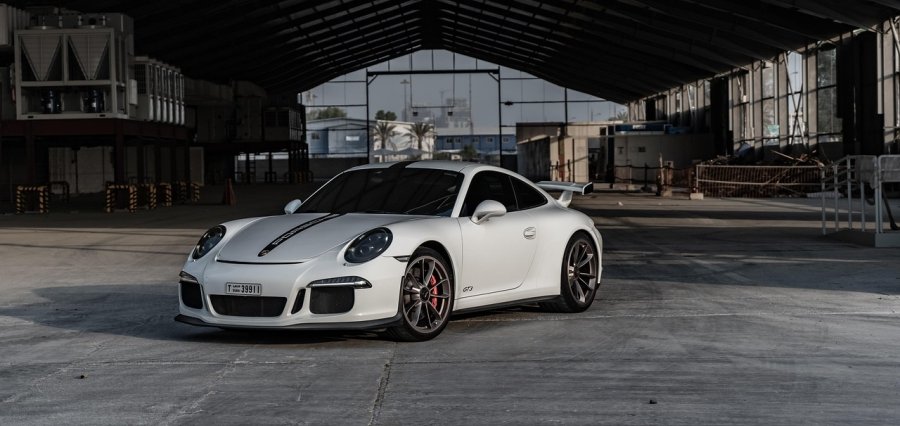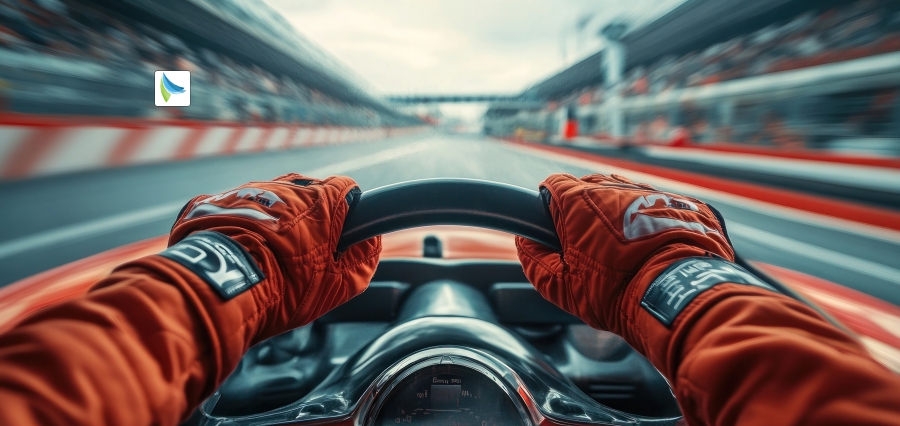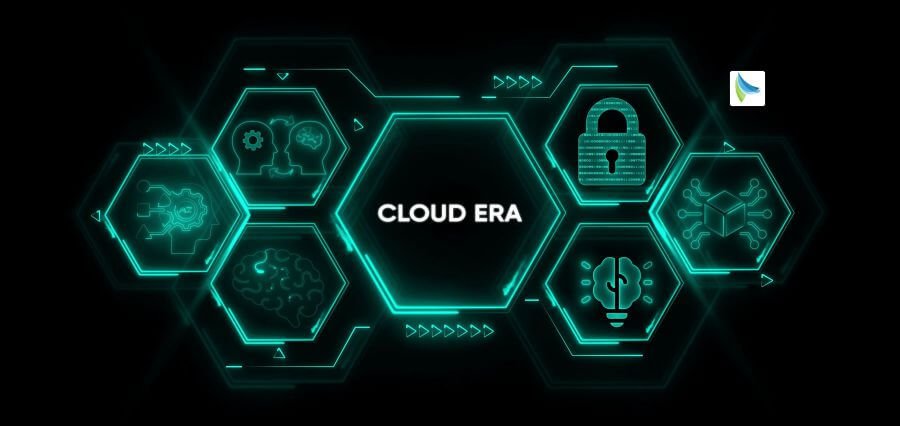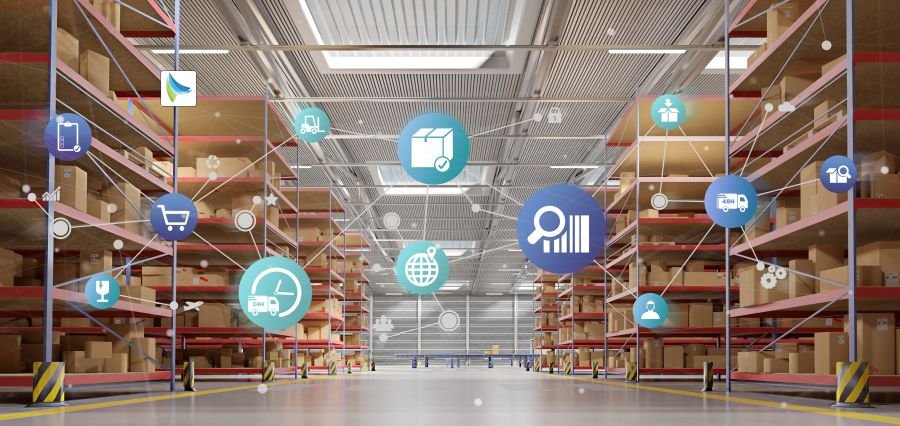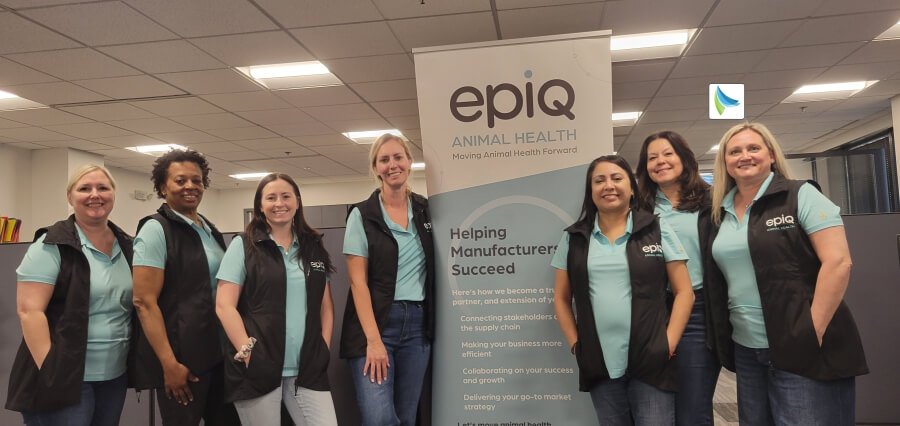Steering Success
The world is becoming faster than ever, not only on highways. City rush, climatic and technological advances are forcing the reconsideration of the modes of transportation. The mobility industry leaders are moving the wheel, and they include electric vehicles (EVs), artificial intelligence (AI), and shared services in smarter and greener transportation. By the year 2030, the global mobility as a service (MaaS) industry can be $40 billion, and the shared mobility can be $675 billion. These visionaries are turning downfalls into upsides, and radical choices are paying off.
Elon Musk: Accelerating the Age of Autonomous Mobility
Elon Musk of Tesla remains the pioneer. The driverless technology he has been pushing has taken Tesla into the lead in AI-controlled autonomy. Tesla has an advantage in real-world data to train models that could make unsupervised robotaxis possible, which Jensen Huang, the CEO of Nvidia, perceives as superhuman. Musk has a vision of Optimus robots and energy storage to make an ecosystem where cars will earn money by providing ride-hailing. The debut of a revamped Model Y and Cybercab models by Tesla indicates that mass-market autonomy is at hand.
Mary Barra: Reinventing General Motors for an Electric Future
Mary Barra at General Motors is changing an old giant into an EV giant. GM has 30 more EVs by 2025 and autonomous driving eye-off by 2028, with Google as its AI collaborator. Unlike the camera-only approach by Musk, the strategy of Barra is based on cheaper models and lidar technology. Her management has GM looking to zero-emission sales by 2035 as she balances profitability with sustainability.
RJ Scaringe: Charging Adventure with Rivian’s Electric Edge
RJ Scaringe is bringing adventure to the EVs through Rivian. RJ focuses on outdoor enthusiasts with the R1T truck and future R2 SUV as Amazon delivery fleets grow. Nonetheless, the emphasis of vertical integration by Rivian, which is the in-house construction of batteries, puts RJ on scale. Alliances such as the one that Volkswagen makes contribute to growth.
Bhavish Aggarwal: Powering India’s Two-Wheeler EV Revolution
In India, despite headwinds, Bhavish Aggarwal’s Ola Electric dominates two-wheelers, selling over 425,000 units in 2024. Aggarwal prices aggressively and has a huge network, which makes EVs affordable to millions. Competitors such as the Tarun Mehta of Ather Energy focus on high-quality, secure scooters that have rapid chargers, whereas TVS and Bajaj work with the advantages of the past. Hindalco, a company by Kumar Mangalam Birla, spends Rs 45,000 crore to supply EV materials such as copper foil.
Beyond Cars: Redefining Urban Mobility with Autonomy and AI
Beyond cars, Uber’s Sachin Kansal integrates AVs and sustainability. Partnerships with Waymo bring driverless rides to apps, easing last-mile woes. Nuro’s Dave Ferguson proves autonomy in delivery, cutting costs by 45%.
These leaders are dealing with shared hurdles: charging infrastructure, regulations, and affordability. AI optimises traffic, predicts maintenance, and enables MaaS apps blending bikes, buses, and AVs. Micromobility e-scooters by Lime reduce urban emissions, whereas urban air mobility (eVTOLs) will eliminate gridlock.
Policy and Partnerships Fueling Global Acceleration
This is accelerated by government support. India’s FAME scheme and US incentives boost adoption, with pilots in Europe testing AV shuttles. The sustainability and semiconductors funding reached $54 billion in 2024..
Difficulties continue to exist: cybersecurity, imbalance, and job changes, yet leaders change. The data moats of Musk, alliances of Barra, and the scale of Aggarwal represent different ways to go.
The Destination: Smarter, Greener, and More Connected Mobility
The future? AI predicts the needs, EVs are the future, and cities are not about parking cars; these are all interconnected, all linked together in an ecosystem. Accidents and emissions were reduced by 90% and autonomous fleets could reduce emissions dramatically by 2030. Such leaders are not merely operating cars, but they are leading humanity to efficient, inclusive mobility.
As Huang says, they’re “working on exactly the right things.” Their success proves vision plus execution wins. The future highway is electric, self-driving and shared courtesy of the people at the wheel.


